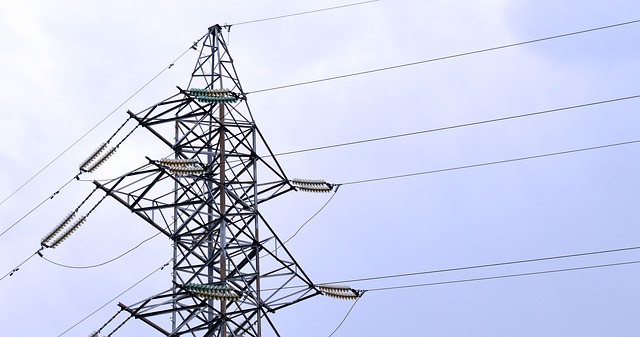Senator eyes assesment of PH electrification program
- April 5, 2018
- 0

Gatchalian has filed Senate Resolution No. 695 that will assess the current strategies in closing the gap in the number of households without access to power across the country.
He said that it would be helpful in achieving total electrification for the welfare of the Filipino people and the development of the nation.”
“We want to check on the status of electrification of the country to assess and possibly revise the national electrification strategy,” Gatchalian said.
As of December 2017, there are 2,399, 108 households are not connected to the power grid. This is equivalent to 16 percent of the households in the country, Gatchalian said.
1,345,116 households are from Mindanao, 529,952 are from Luzon and 525,040 are from the Visayas region.
“It is necessary to review the national electrification project of the government by identifying which communities are economically viable for grid extension, how much government appropriations are necessary to complete the extension, and in how long the construction can be accomplished,” Gatchalian said.
“It is likewise important to know which communities are best for off-grid electrification, what technologies are suitable for them, and how fast the entry of qualifies third parties in the remote and unviable areas can be facilitated,” he added.
The government currently has three methods of achieving the total electrification agenda.
These are through grid extension by electric cooperatives headed by the National Electrification Administration (NEA), missionary electrification in off-grid areas implemented by the National Power Corp. (Napocor), and through the entry of qualified third parties in remote and unviable areas.
The methods are being subsidized through government appropriations or pass-on charges to consumers through the universal charge for missionary electrification (UC-ME).